The journey across Japan from coast to coast, spanning from Tokyo to Kanazawa on the Sea of Japan.
The efficiency and punctuality of Japan‘s bullet train allow us to explore some of the country’s most iconic locations in a minimum of seven days, including its capital Tokyo (2 days), Kyoto (1 day), and Takayama (2 days) – an area known as the Japanese Alps famous for its onsens (volcanic hot springs).
Tokyo, the Exotic City
Undoubtedly, each of us has a preconceived notion of Tokyo, but most likely we’ll be fascinated and overwhelmed by one of the world’s most exciting capitals. Tokyo, Japan’s capital, with its 14 million inhabitants, confirms itself as the country’s most populous metropolis and one of the largest cities in the world.
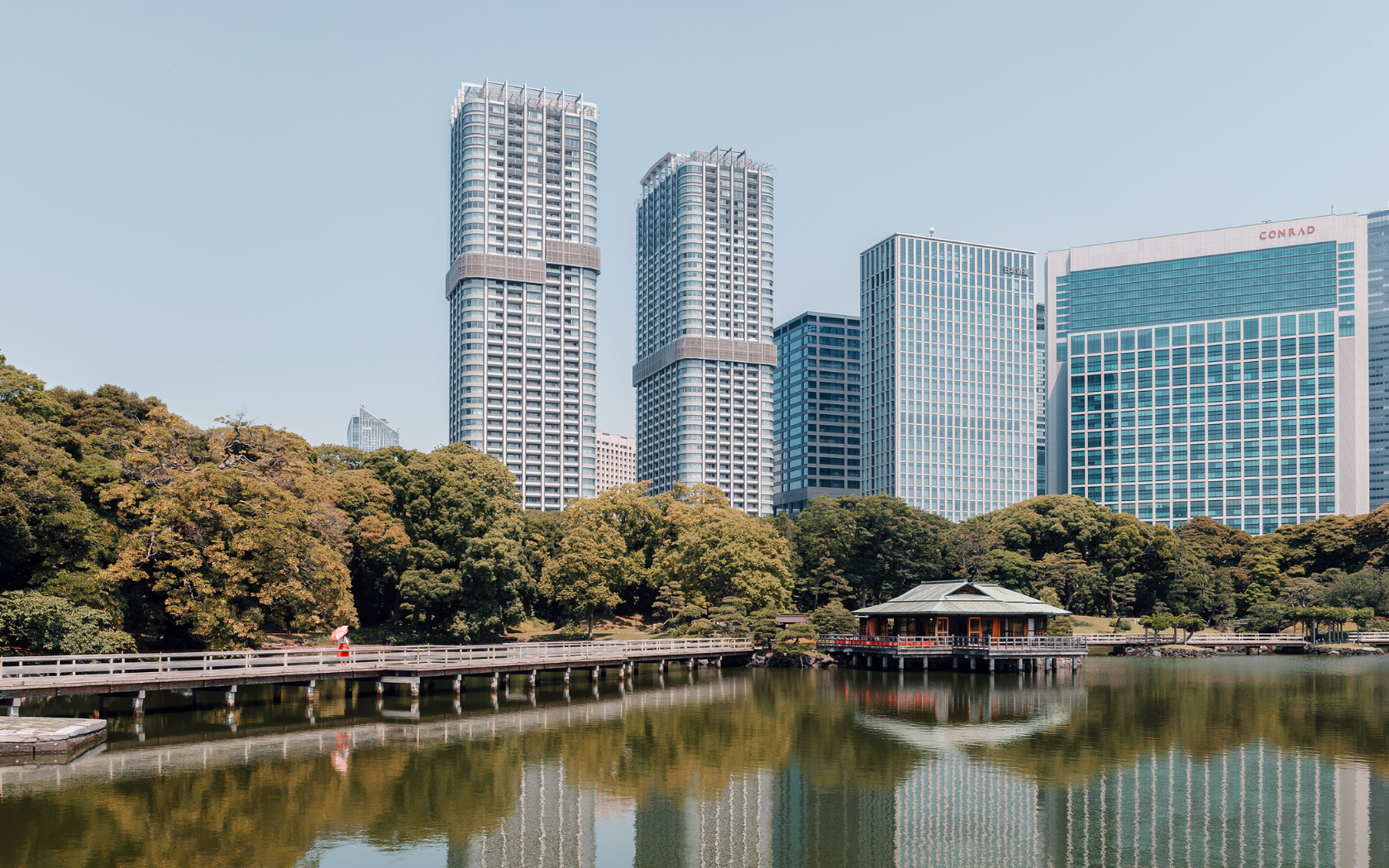
Tokyo, the capital.
Certainly, Tokyo is different. The blend of avant-garde trends with ancestral traditions marks its strong personality. Tokyoites adore both the most modern and avant-garde city, as well as kabuki (traditional mask theater) and bunraku (puppet theater).
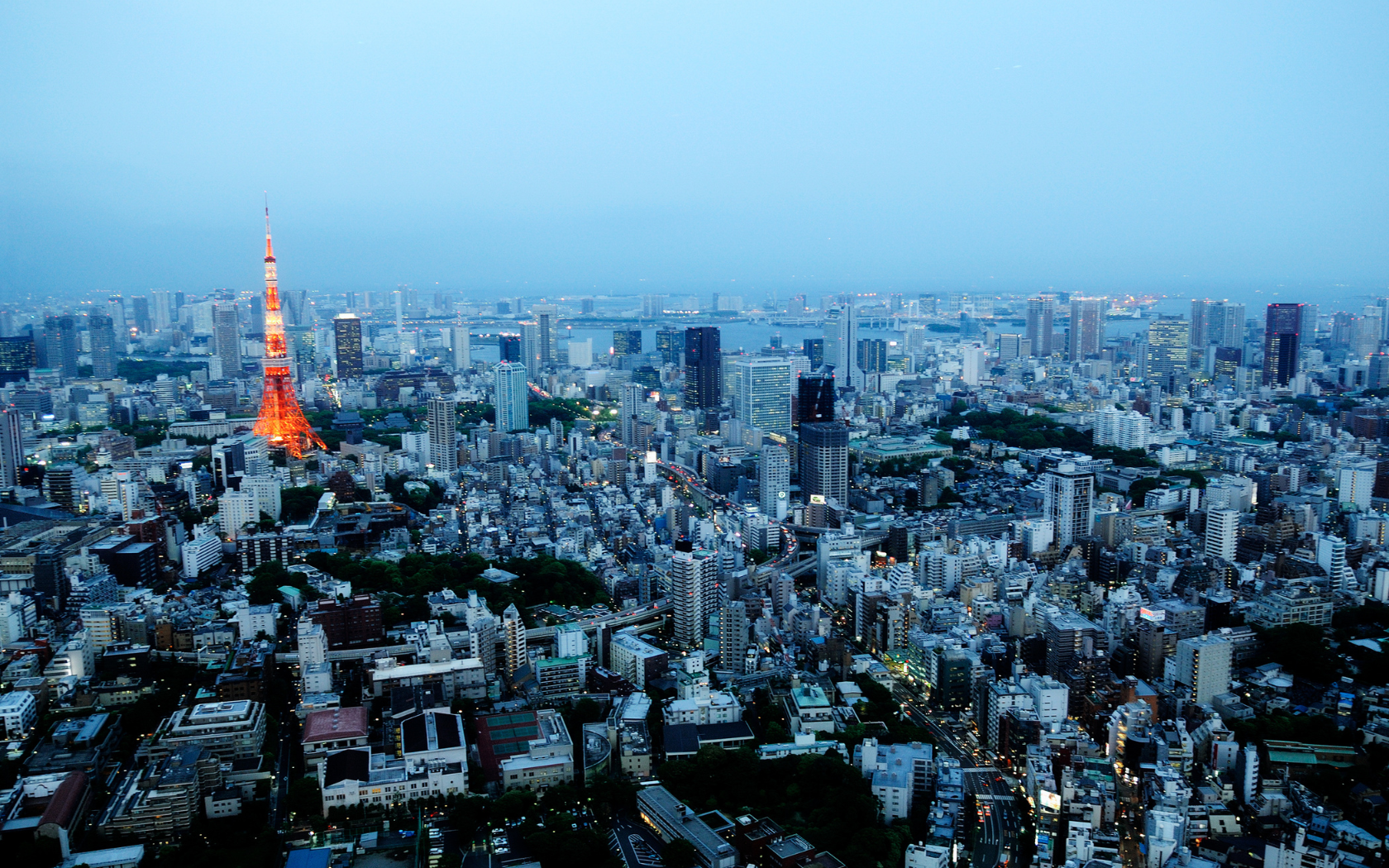
Panoramic view, Tokyo.
Tokyo is a fascinating and unique city in many ways; its origin as a fishing village is hard to imagine, but over the centuries, it has experienced impressive growth and development, evolving into a vibrant and dynamic megalopolis. We’ll tell you about the must-visit places:
- Shibuya is a vibrant district of Tokyo, famous for its neon lights and having the busiest pedestrian crossing in the world. Additionally, it’s the perfect place to enjoy a drink in the afternoon or after dinner.
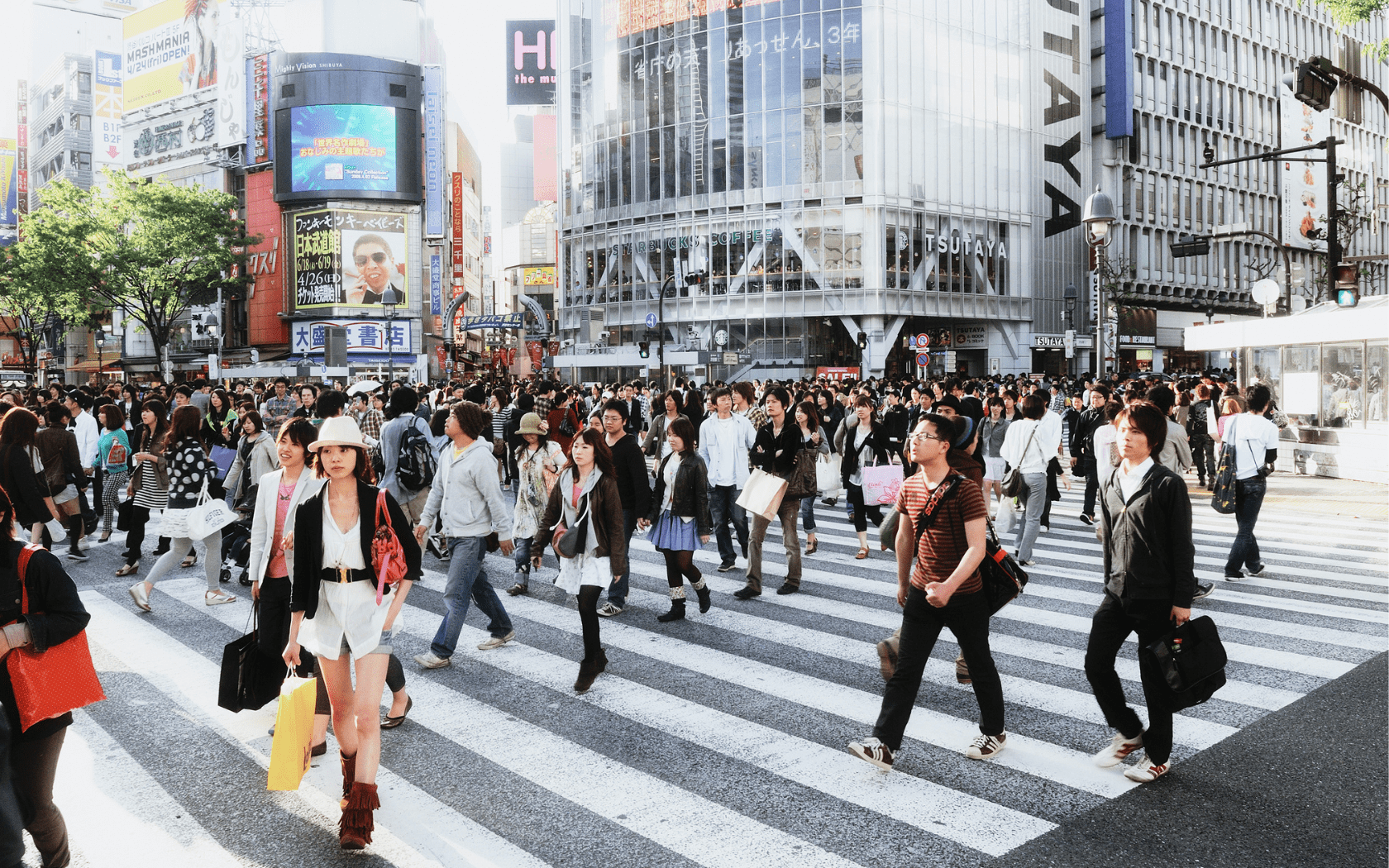
Shibuya, busiest pedestrian crossing in the world.
The famous “Scramble” crossing is one of the most photographed and filmed spots in Tokyo and even in all of Japan. It’s no wonder it’s so popular as it’s crossed by over a million people daily, and all four directions cross at once. If you have the chance to see it from one of the nearby cafes, it’s spectacular to watch the moment when thousands of people cross at once.
- The Senso-Ji Temple in Asakusa is one of Japan’s most renowned Buddhist temples and the oldest in Tokyo. Notable is its five-story pagoda and the Thunder Gate or Kaminarimon. It’s the outer gate of the temple where its famous giant paper lantern hangs.
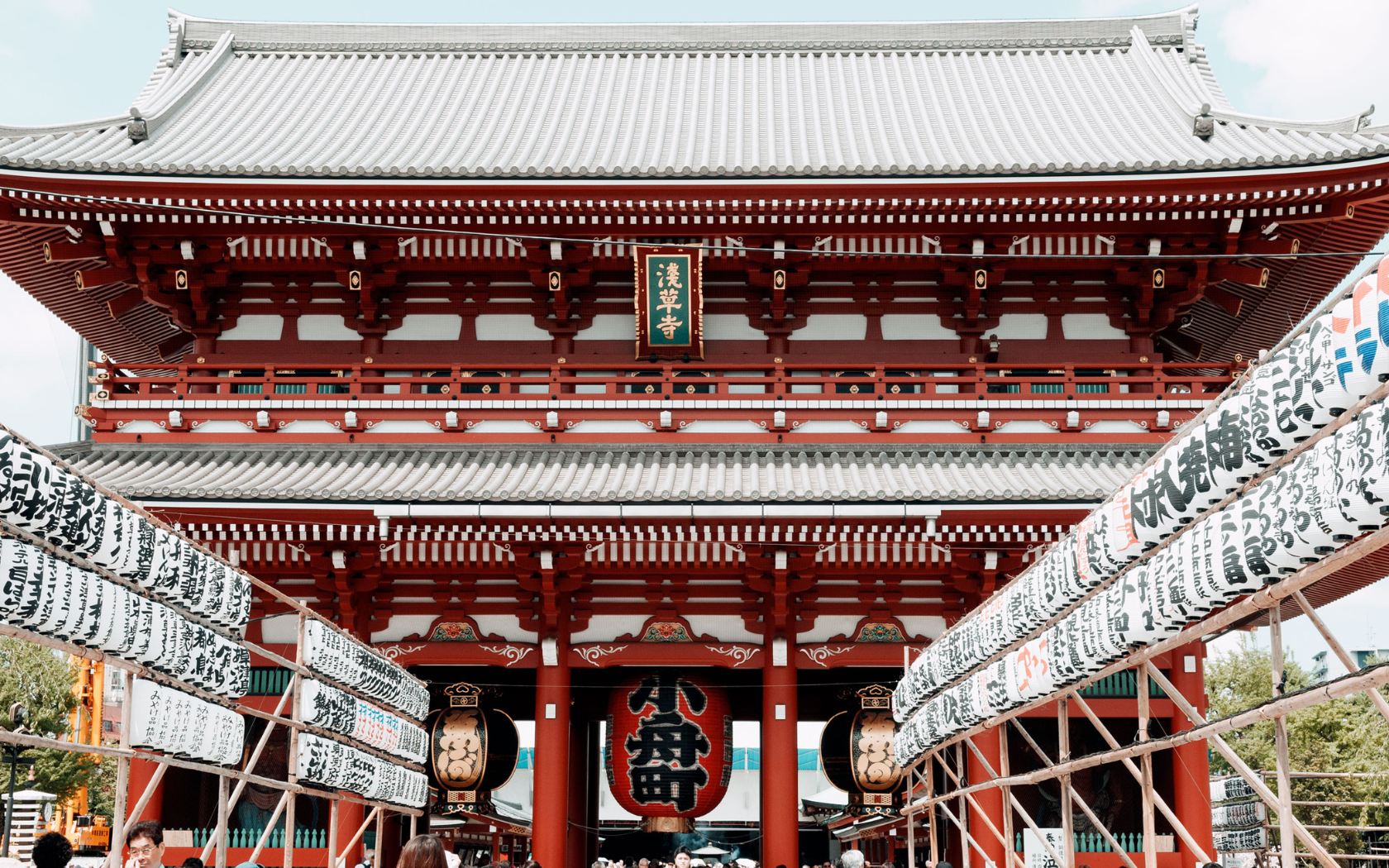
Senso-ji Temple
- Shinjuku Gyoen National Garden is a wonderful place to visit in spring during the cherry blossom season. The botanical garden (58.3 hectares) boasts a variety of trees, plants, and flowers; it’s a peaceful and relaxing place to stroll and enjoy nature amidst the city.
- Yakitori Street (the yakitori alley) located under the train tracks, is known for having some of the best yakitoris (grilled chicken skewers) in the country. Despite its size, this street is very popular among the Japanese who go there after work to enjoy a quick and delicious dinner. It offers a wide variety of yakitoris, such as the traditional chicken and Japanese dishes like takoyaki (octopus balls) or okonomiyaki (Japanese pancakes). Here we’ll find the real Japan.
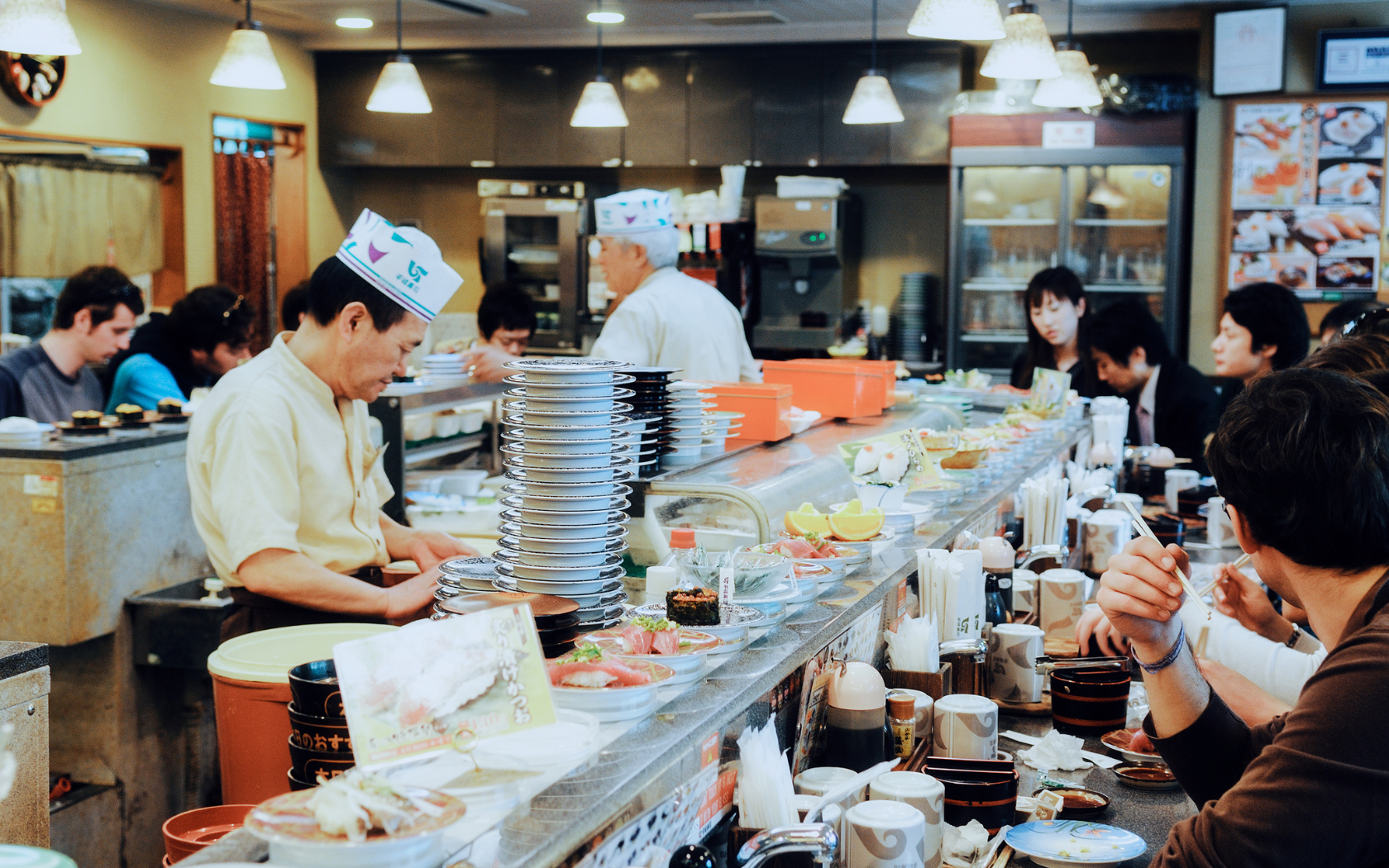
Yakitori Street
- Akihabara has become a pilgrimage site for technology and otaku culture enthusiasts, especially manga and anime. It’s known for its electronics stores, where you can find all kinds of electronic devices, gadgets, and computer products, as well as video games and consoles. There are also many stores selling products related to manga and anime, such as character figures, clothing, and accessories.
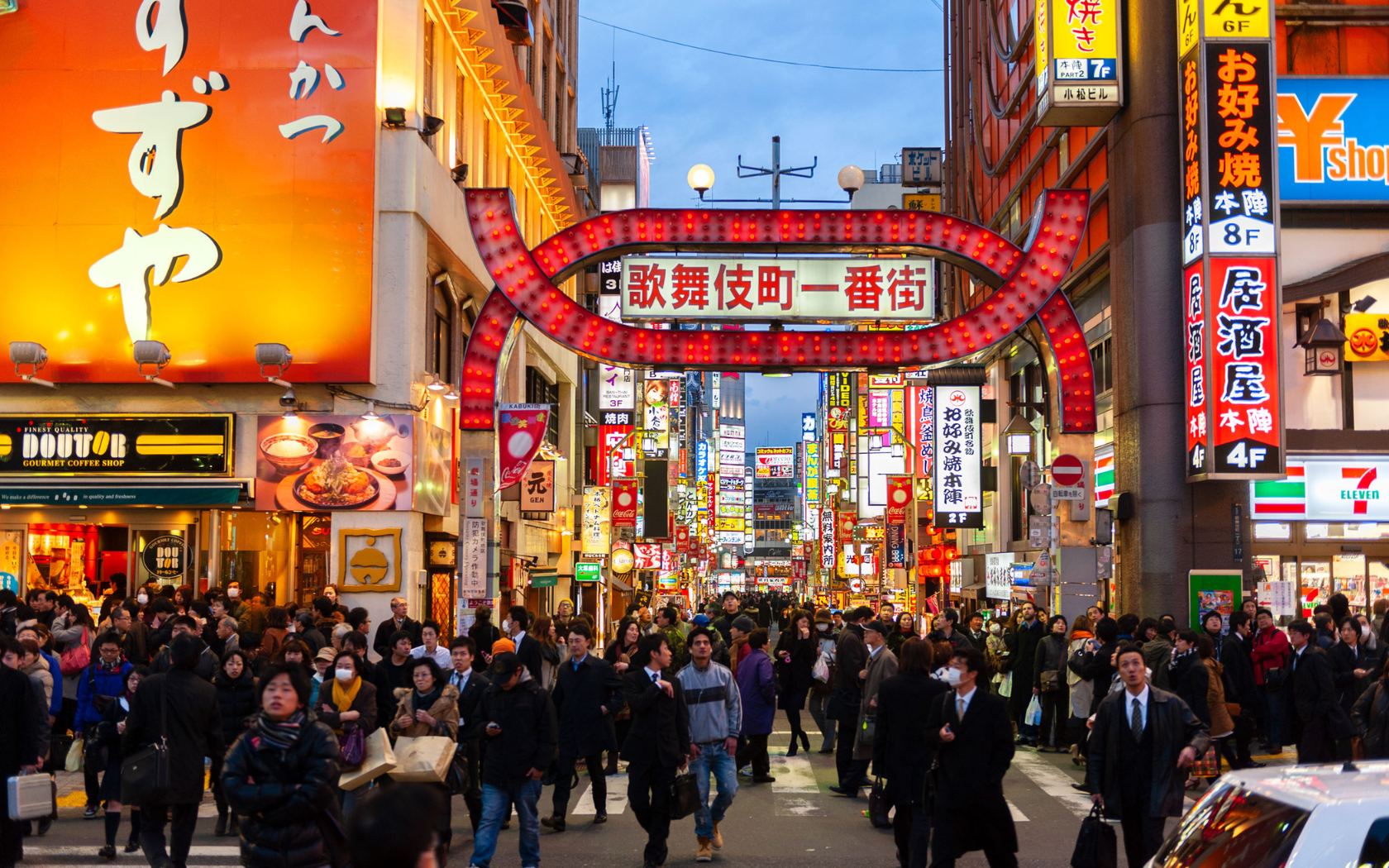
Akihabara
In addition to the shops, there are also numerous themed cafes, game rooms, karaoke rooms, and other entertainment venues, especially aimed at anime and manga fans. This neighborhood is also known for its anime events and festivals, such as the Tokyo Anime Fair, Comiket, and AnimeJapan. A paradise for the so-called otaku.
For this reason, there are increasingly more establishments called “Maid Cafes” where young girls dressed as maids serve the customers.
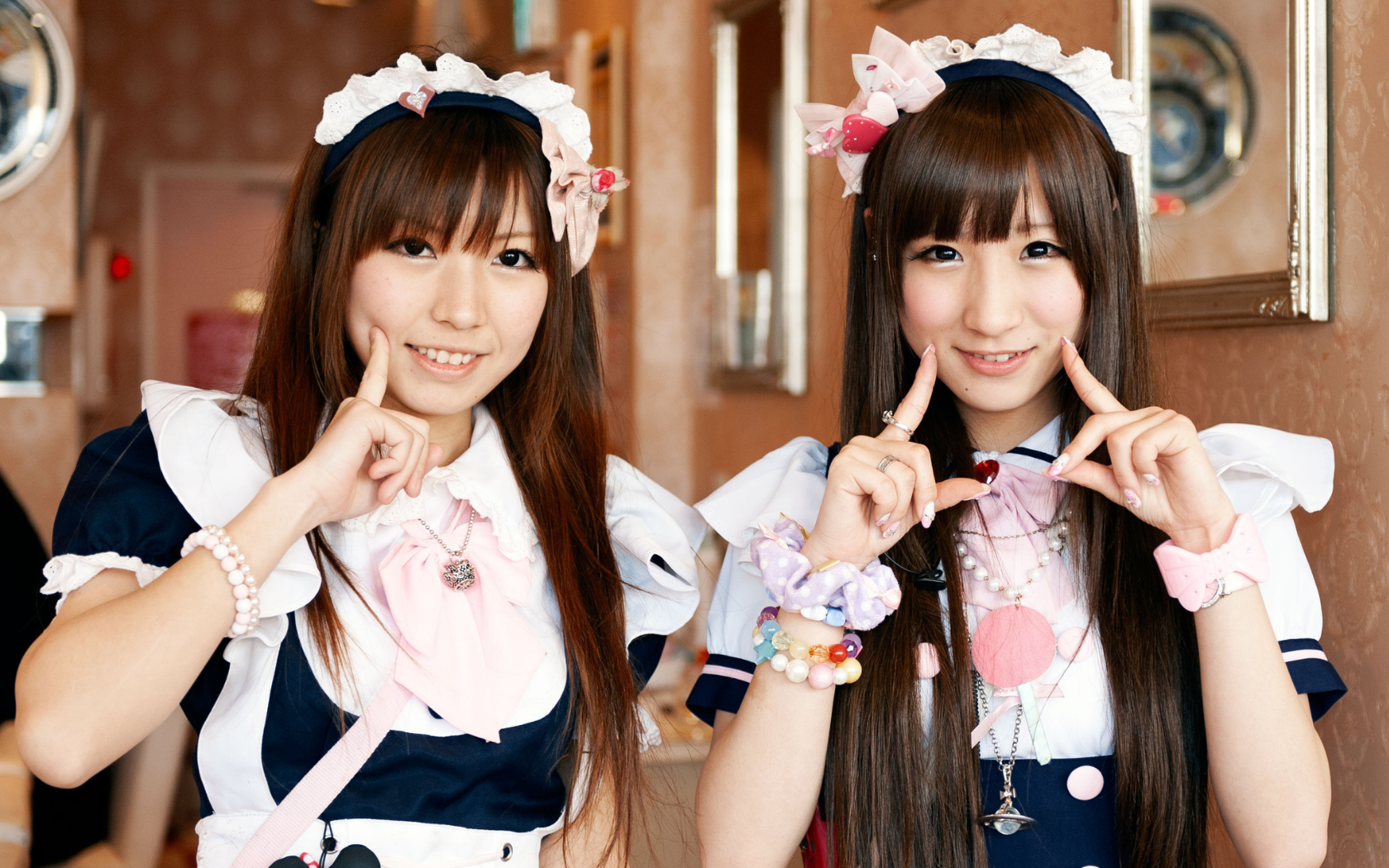
“Maid Cafe”
- Asakusa is the most charming and traditional neighborhood in the entire metropolis of Tokyo. It’s a stronghold that still remembers what Japan’s capital was like a century or more ago when it belonged to the vast area known as Shitamachi.
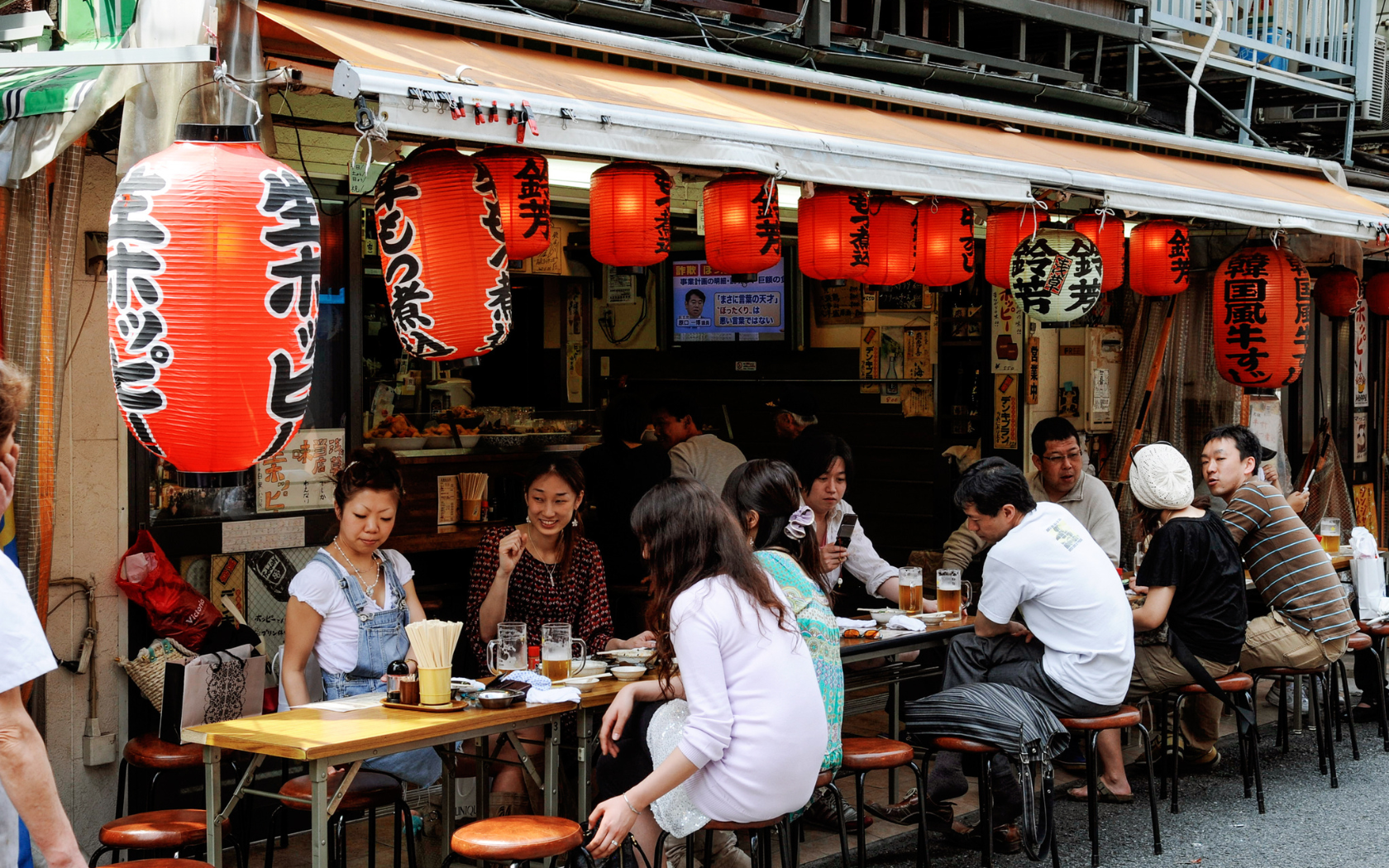
Asakusa
The most important place in the neighborhood, which attracts most visitors every day, is the imposing Sensoji Temple. To reach it, you have to pass through the ancient Kaminarimon gate, which is the symbol of the neighborhood, and then walk down the famous Nakamise Dori shopping street.
In Asakusa, it’s easy to come across some geishas and enjoy a rickshaw ride, a cart pulled by a person, popularly known as a rickshaw.
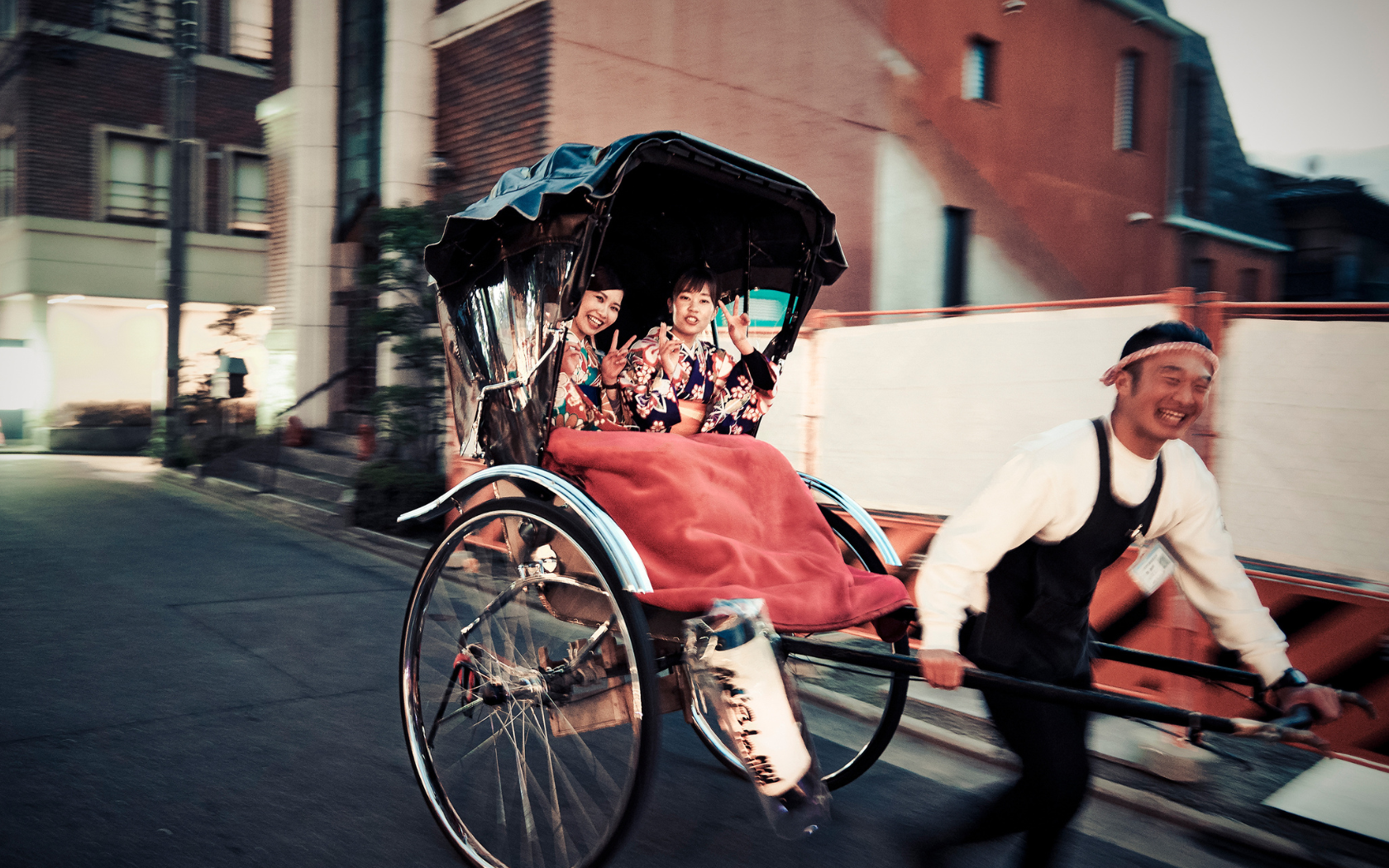
Rickshaw
- In Kappabashi Street, we find shops where we can find the famous knives used to cut fish and make sushi, and another attraction that has crossed its own borders: establishments that manufacture and sell the famous “plastic food” (sampuru), and we can even learn how to make it. They are exact reproductions of the dishes offered by restaurants. Very useful for dealing with a language as complicated for us as Japanese.
- Ginza, the most luxurious and elegant area of Tokyo, became in the 1980s the most expensive neighborhood in the world, surpassing cities like New York. The name Ginza, which means “silver seat,” could be a coincidence, but the neighborhood remains synonymous with sophistication and opulence today. Ginza is located in the special Chūō district and is known for its elegant shops and exclusive restaurants that are not suitable for all budgets.
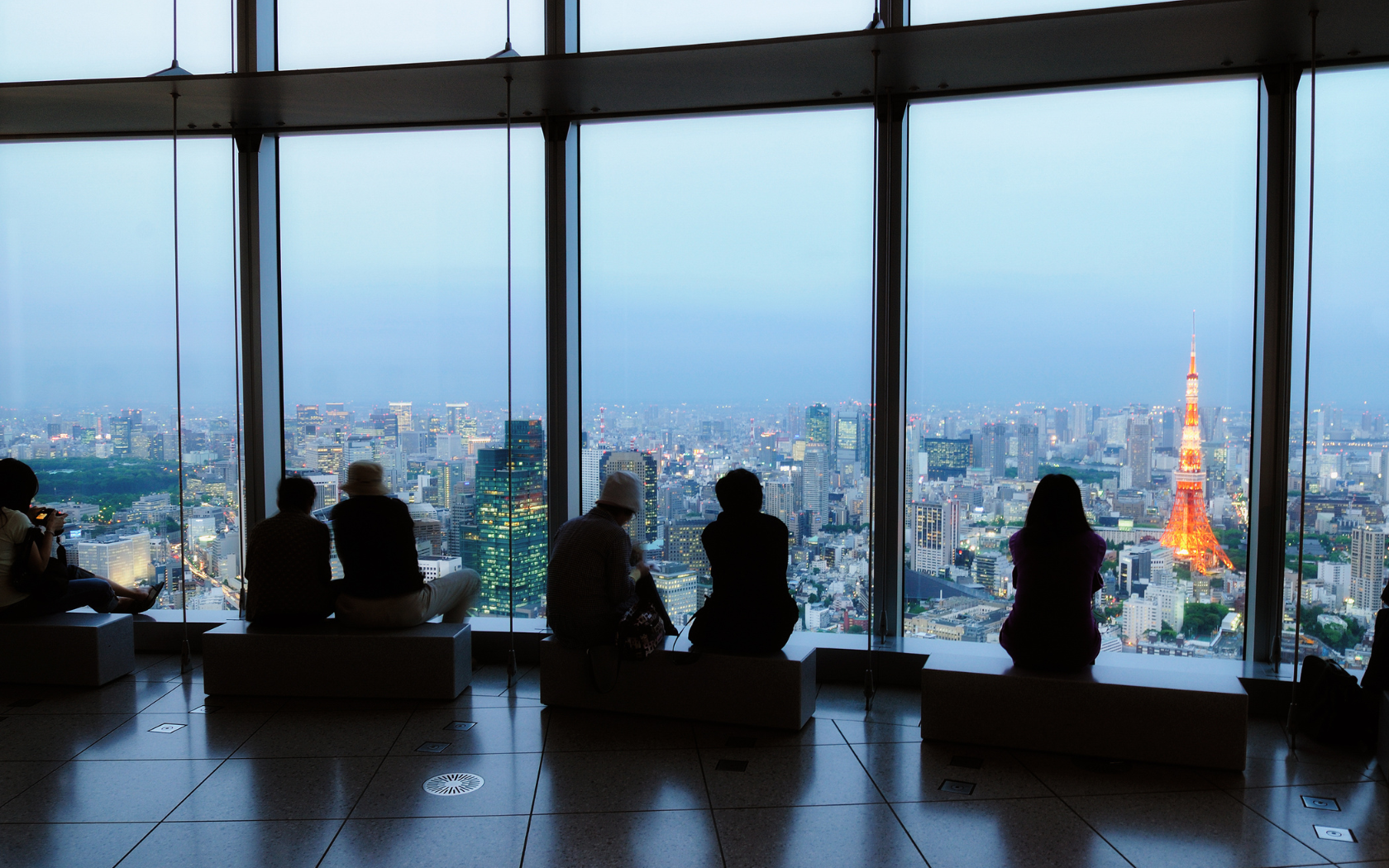
View from above in Tokyo
The Ginza Wako building and its large clock are important landmarks at the intersection of Chuo Dori and Harumi Dori streets. The Japanese find that Ginza has a strong European influence that they love. Additionally, Ginza is famous for its impressive Kabukiza theater, where many traditional Japanese theater shows and famous geisha dance performances take place.
- Harajuku is very popular among young Tokyoites and tourists alike, especially on weekends, when the street is filled with people, creating a lively and vibrant atmosphere.
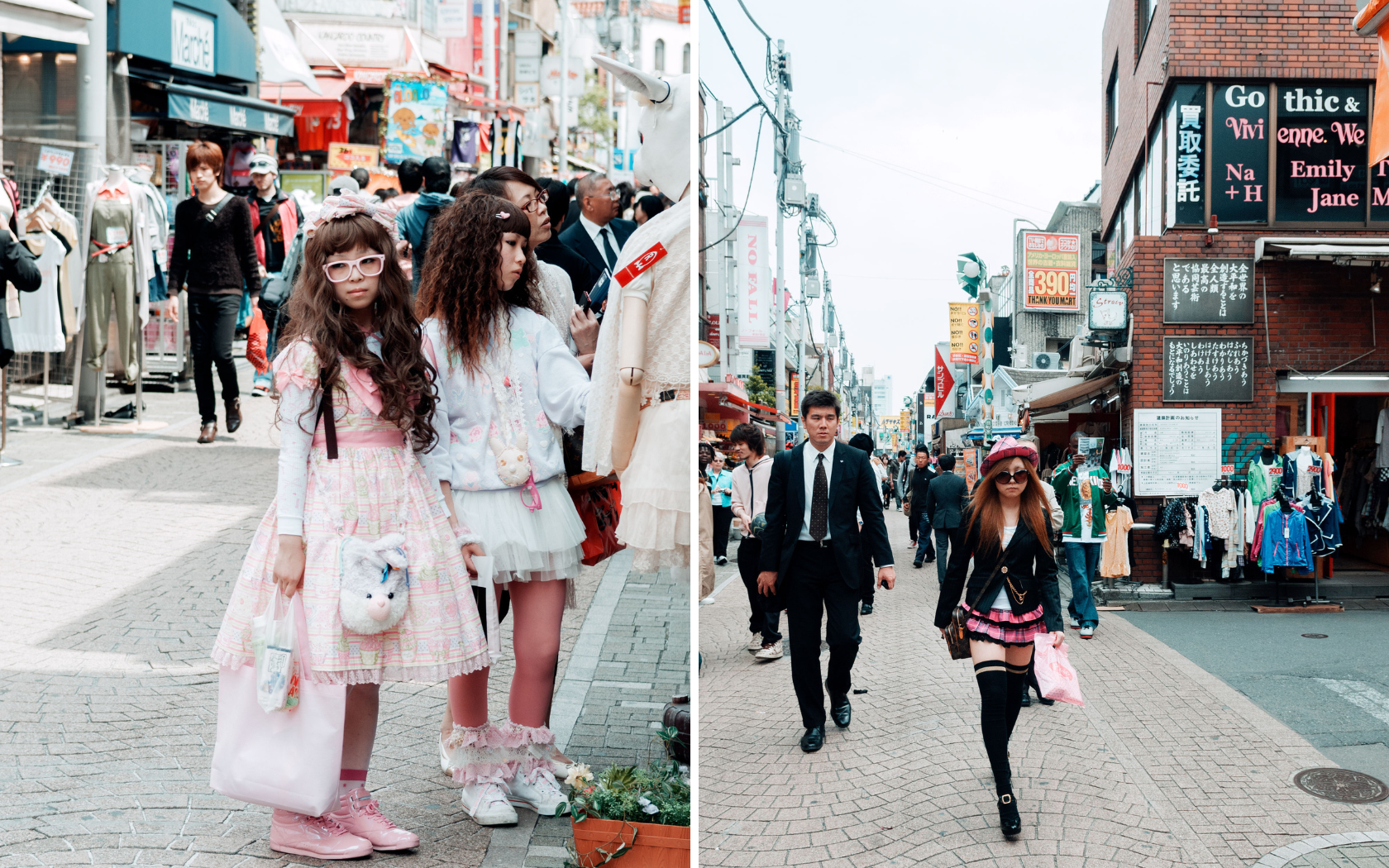
Takeshita Street
Takeshita Street shops offer a wide variety of clothing and accessories, ranging from kawaii (cute) fashion to punk and gothic. Harajuku and its Takeshita Street are a must-visit for anyone interested in Japanese youth fashion and culture. It’s a unique and vibrant place, full of energy and creativity.
It is undoubtedly a unique place in the world, where you can experience modern Japanese culture and see young people dressed in colorful and extravagant street fashion, influenced by anime and manga. It’s one of the most fun neighborhoods to understand at a glance the concept of ‘urban tribe.‘ Takeshita is the most emblematic street in the Harajuku district, in Shibuya.
Considered the mecca of teenage culture and Harajuku style. Without a doubt, it is the one that receives the most visitors, both for its low prices and for its crazy and youthful atmosphere where it is common to come across young people dressed in extravagant outfits that often appear in travel guides.
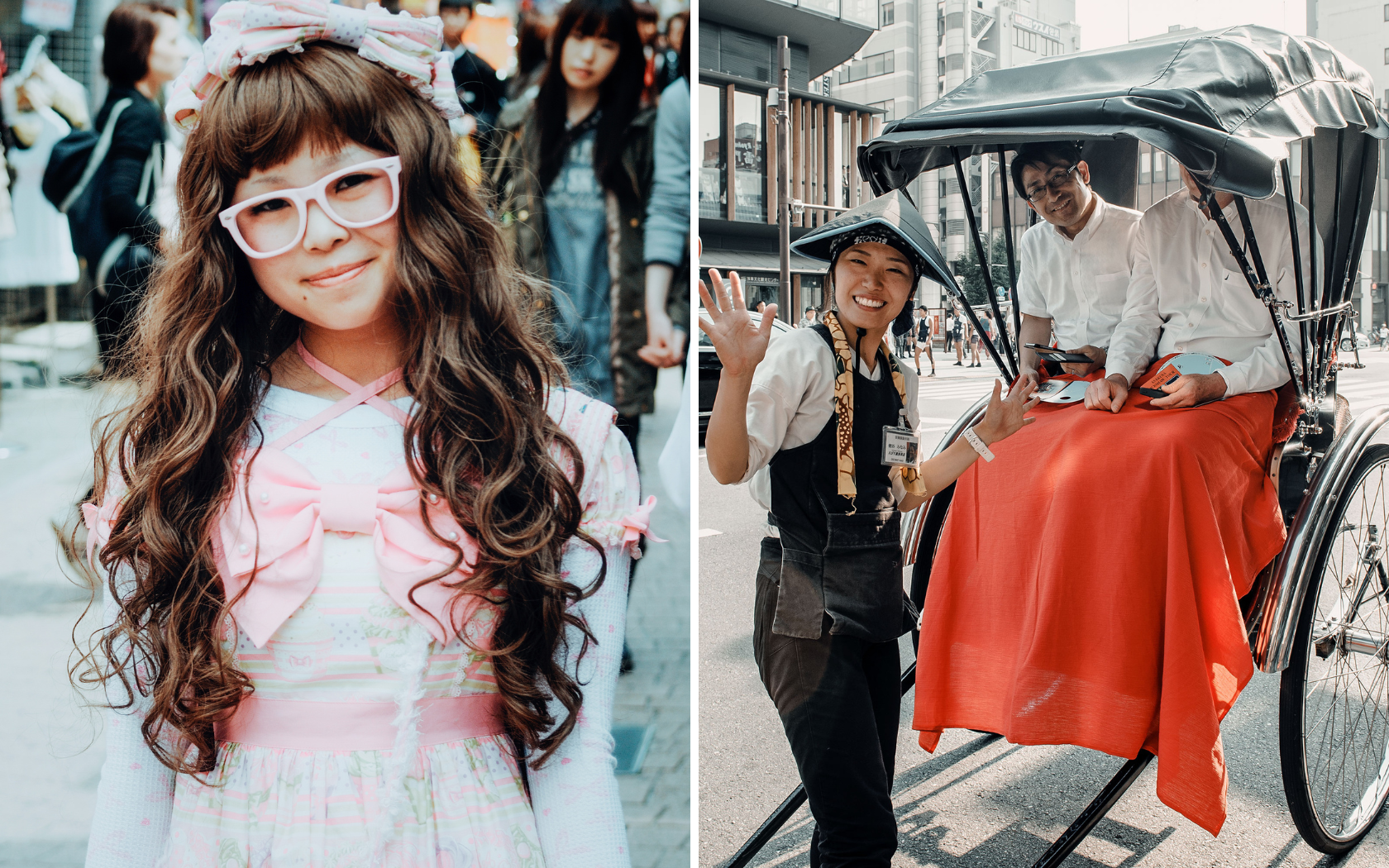
Harajuku
But also, the contrasts of the Harajuku district don’t end there, as at the end of Takeshita Street we come across Omotesando, a wide avenue with a sophisticated and somewhat European air full of exclusive brand stores like Louis Vuitton, Prada, or Apple, which has made it compared to the Champs-Élysées in Paris.
North of Yoyogi Park is the most famous shrine in Tokyo: Meiji Jingu, popular for its traditional Japanese-style weddings that you can see if you’re lucky, especially on weekends.
- Odaiba is an artificial island located in Tokyo Bay, connected to the city center via the iconic Rainbow Bridge. Originally built as a defense against potential attacks in the 1850s, in the 1990s it was transformed into a residential, commercial, and entertainment area.
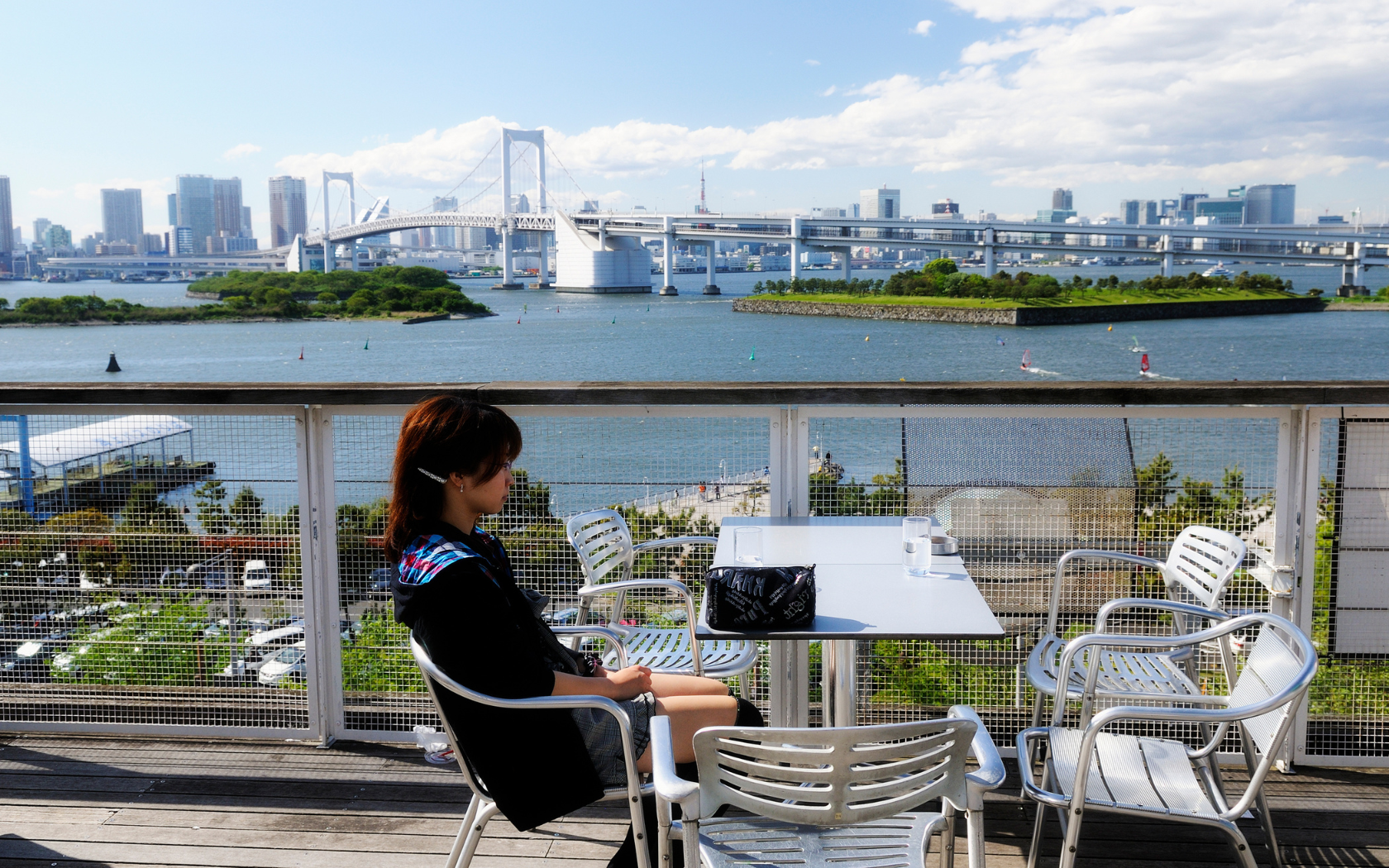
Odaiba
- To reach Odaiba, we take the New Yurikamome System, a peculiar driverless automated train that departs from Shinbashi station; during the journey, we enjoy spectacular views of the bay. If you’re quick, you can sit in the front row.
One of the most emblematic points of this island is the replica of the Statue of Liberty, located in front of the Rainbow Bridge and one of the most photographed places in the area. Odaiba is an ideal place to enjoy panoramic views of Tokyo, as well as to spend a pleasant evening on its terraces and restaurants. Shibuya is the neighborhood that has gained the most popularity in the last decade.
It offers an atmosphere that is halfway between the Japanese pop world for teenagers of Akihabara and the red-light district atmosphere of Kabukicho (in Shinjuku), although with a more comfortable layout than those other neighborhoods so it can be enjoyed without fear of getting lost, as all the animation is found around the Hachiko exit of the station.
Kyoto, the Most Traditional Japan
The city of Kyoto is commonly regarded as the cultural capital of Japan.
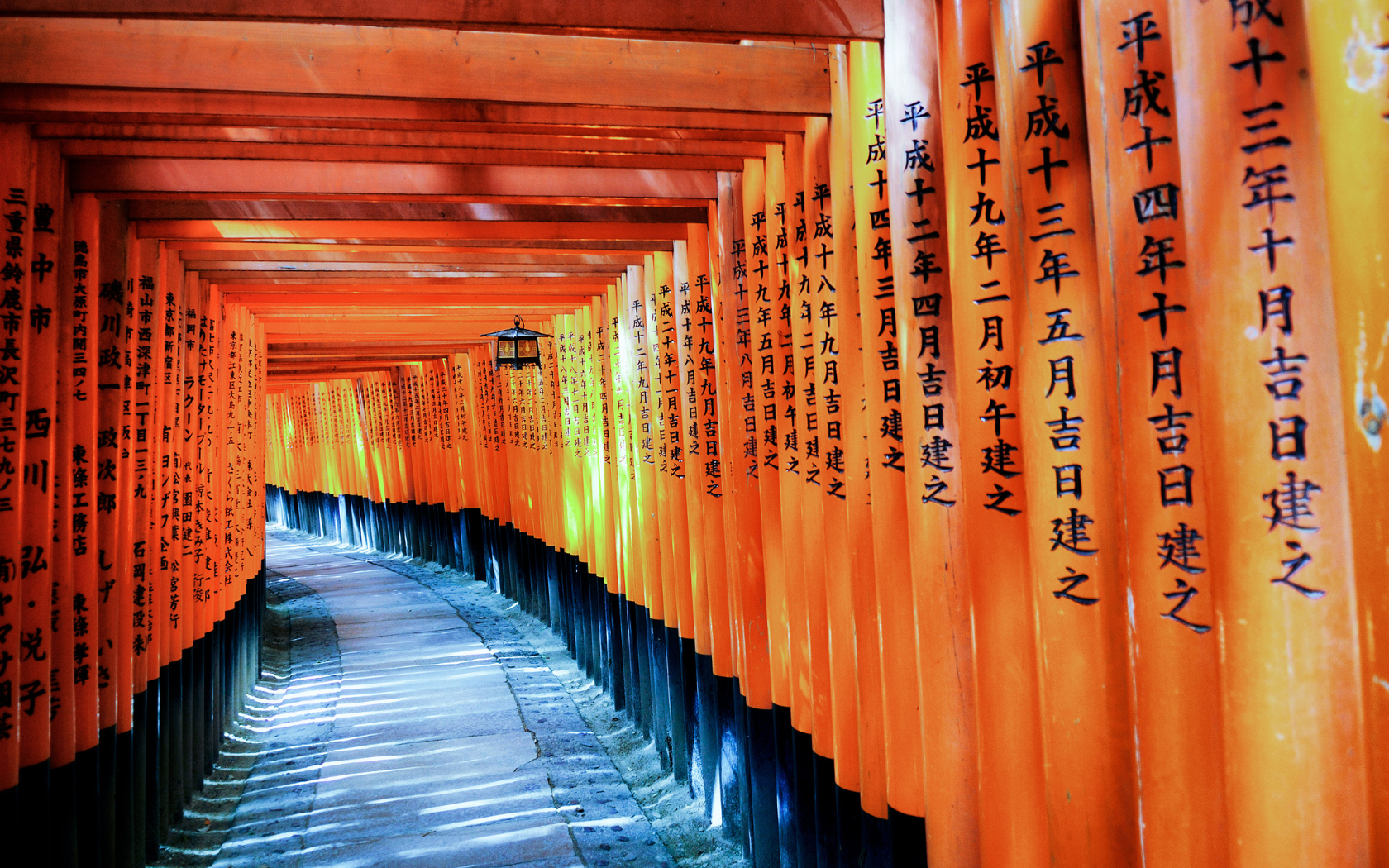
Temple of a Thousand Gates.
It was the only major Japanese city that did not suffer bombings by the American air force during the Second World War, which allowed it to have the greatest historical, architectural, and artistic heritage in the country today.
Sagano Bamboo Forest
Just 30 minutes from downtown Kyoto, the impressive bamboo forest is one of the highlights of the trip. It’s advisable to get up early to avoid the crowds of people who come with the same idea of photographing themselves alone in this beautiful setting.
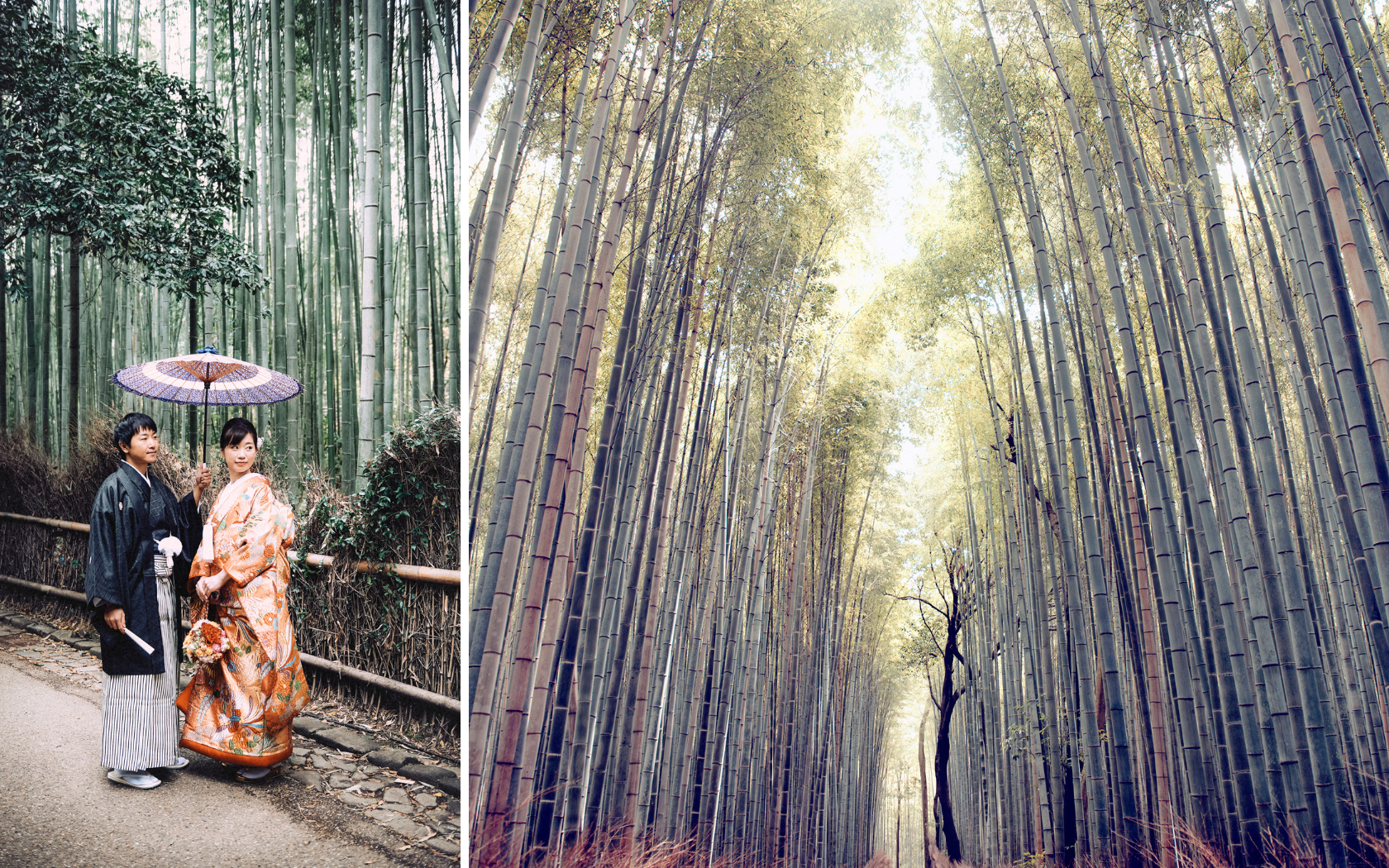
Bamboo forest
Geisha District
Kyoto keeps the tradition of geishas alive thanks to its five geisha districts that are still active today. In Kyoto, geishas are concentrated in five districts or hanamachi, and Gion is the most important. It is located north of Gion Kōbu, in the vicinity of Yasaka Shrine and was part of the Gion district until during the Meiji period, in 1881, it separated from Gion Kōbu and became its own district. Its small size means it hardly has teahouses.
Currently, with a bit of luck, we can come across a geisha on the street, usually while they are on their way to work (restaurant, teahouse, etc.). Obviously, this is more likely in the alleys of the geisha districts.
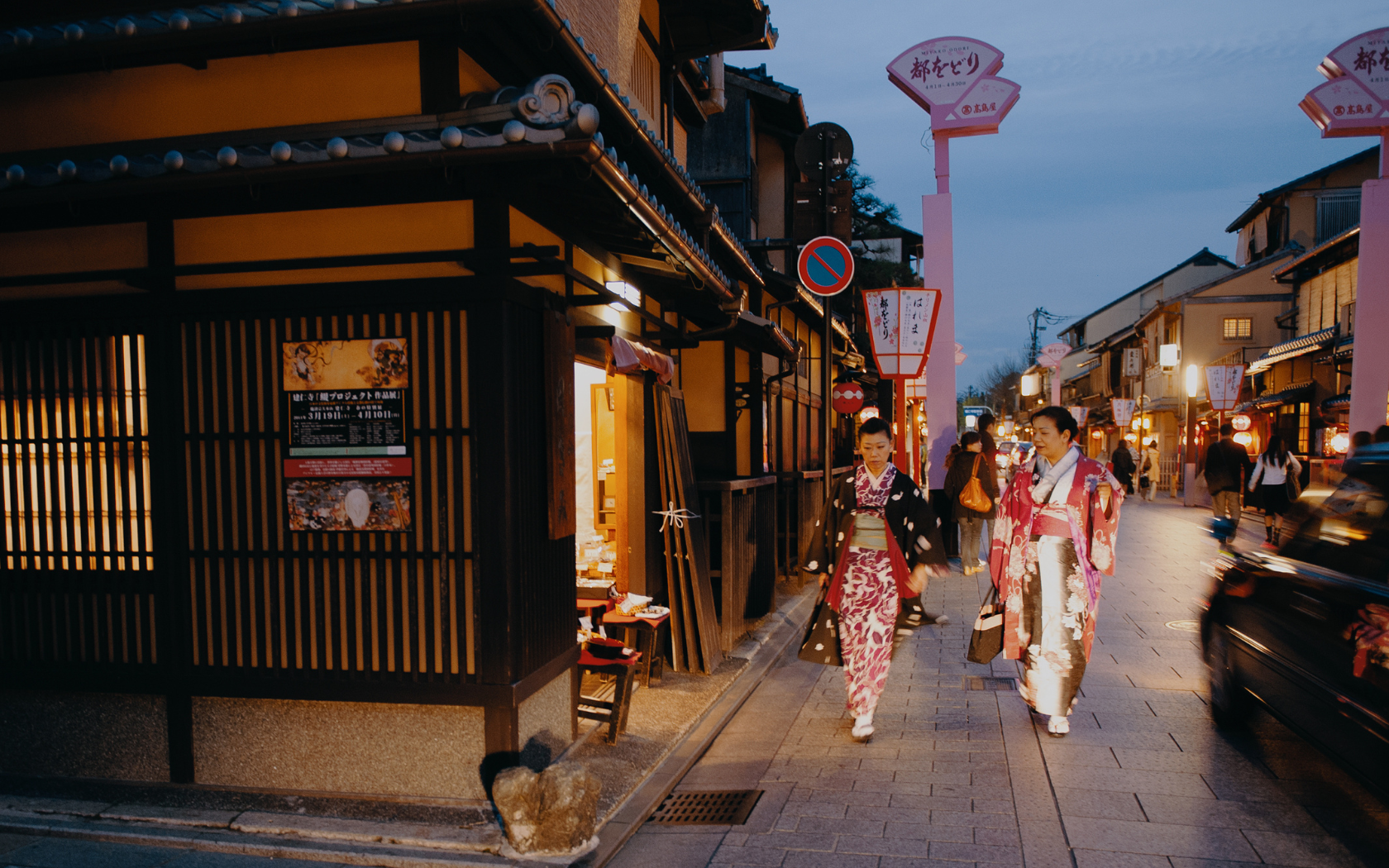
Geisha streets of Japan
The most typical streets of Kyoto where they can be seen are:
- On Hanamikōji Street (in Gion): mainly in the stretch between Shijō Avenue and Kenninji Temple), and at the end of Shijō Avenue that runs through Pontochō. The best time of day to see them is at dusk, especially on weekends and national or Kyoto holidays.
- The Golden Temple of Kyoto or Kinkakuji, also known as the Golden Pavilion, is one of Japan’s most spectacular and representative monuments of classical Japanese culture.
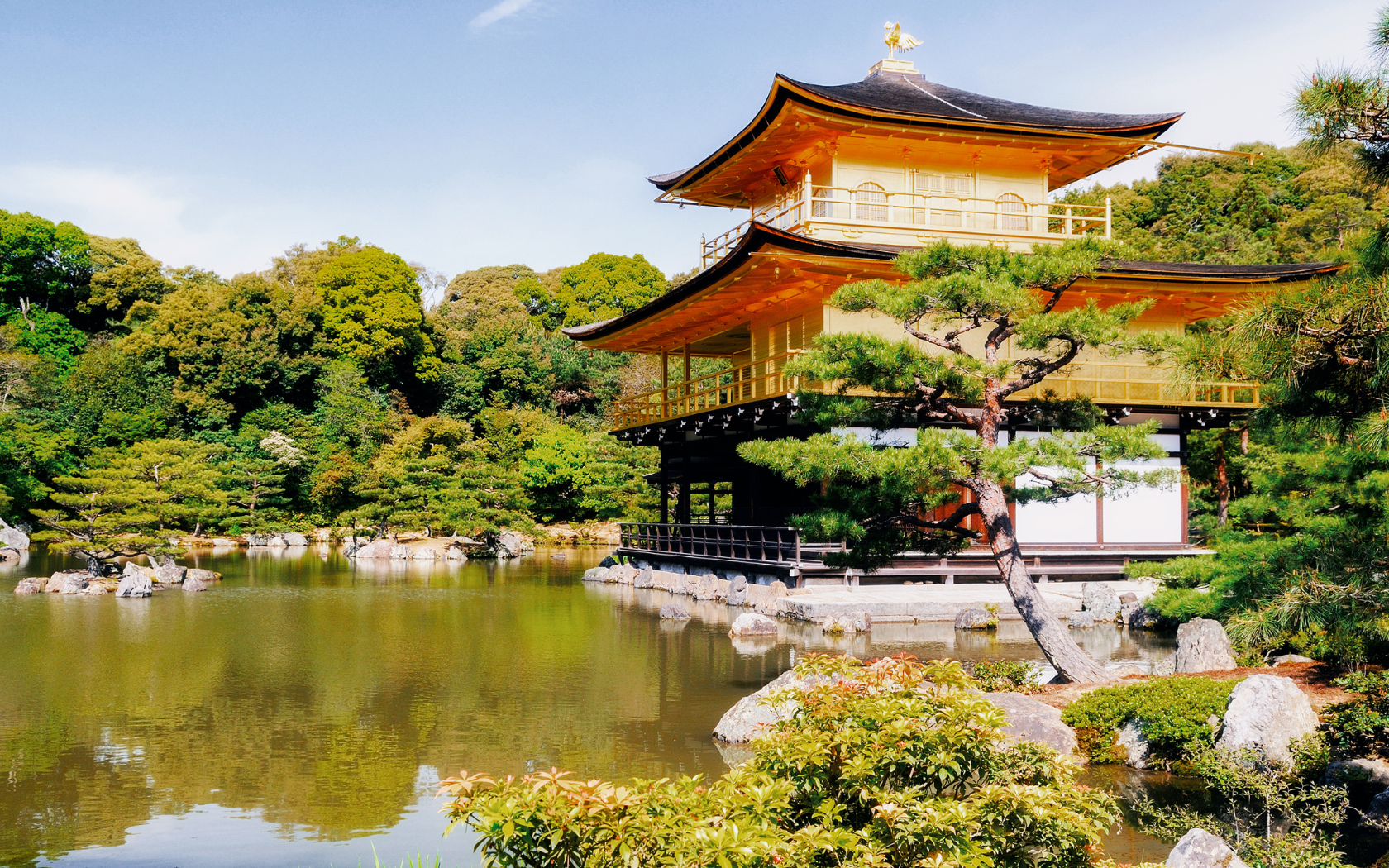
Golden Temple.
It has been a UNESCO World Heritage Site since 1994 and is a must-visit for anyone coming to Kyoto for the first time. It’s especially advisable to arrive early to avoid crowds. The Golden Temple of Kyoto is one of Japan’s most popular destinations.
Takayama, the Jewel of the Japanese Alps
Takayama is a hidden gem in the Chubu region, a compact city that can be explored on foot in a day and a half or two. Its historic area, Sanmachi Suji, is a jewel of traditional Japanese architecture, with its streets Ichinomachi, Ninomachi, and Sannomachi lined with beautifully preserved Edo period houses. Some of them have been converted into museums, art galleries, craft shops, and cafes.
From Takayama, an essential excursion is a visit to Shirakawago, a dreamlike village located in the mountains of the Japanese Alps. Here, you can admire the traditional gassho-zukuri style houses, which mean “prayer” because of their steep thatched roofs shaped like hands in prayer. The village is surrounded by rice fields and mountains, and the interiors of the houses convey a feeling of warmth and comfort.
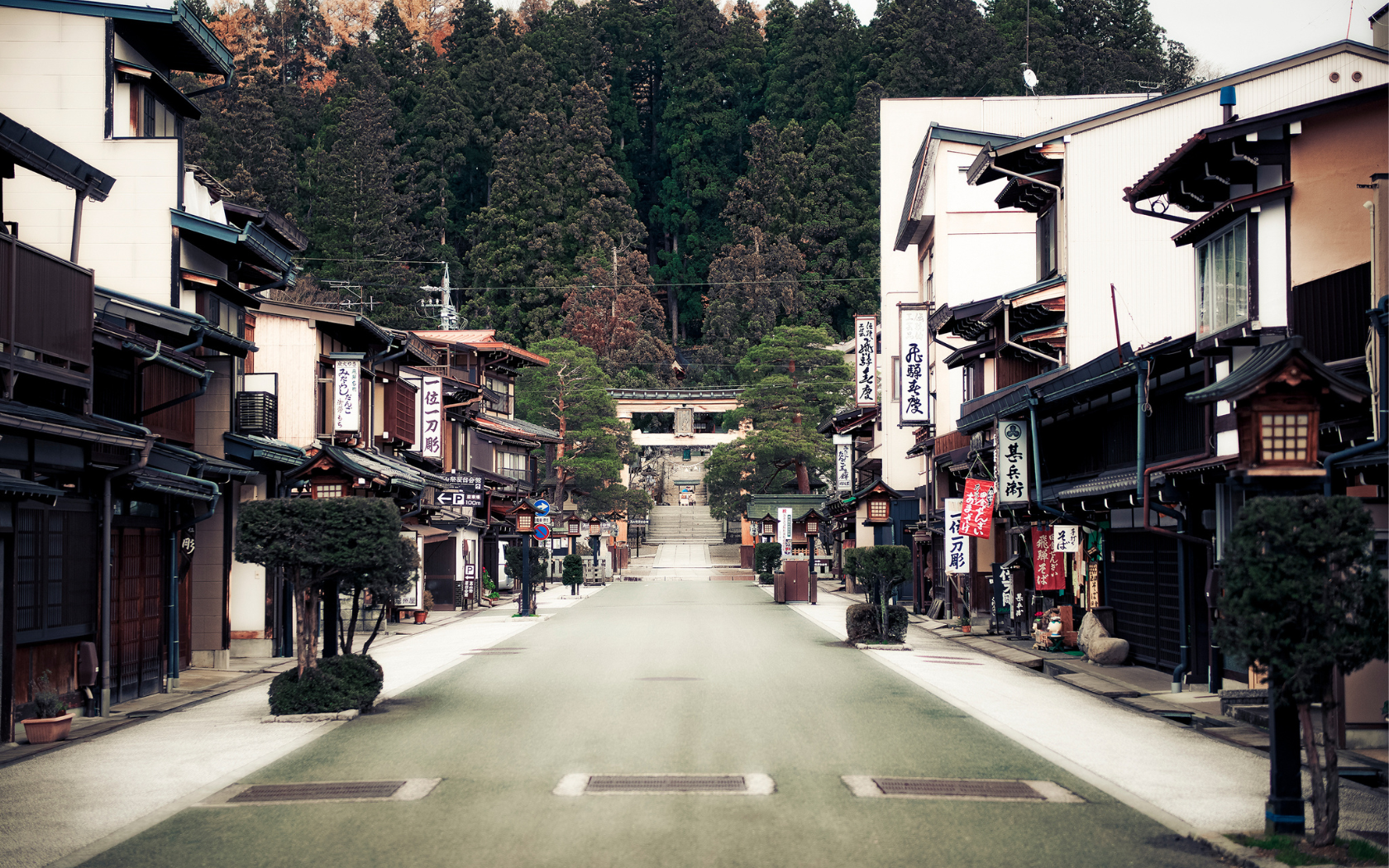
- Hirayu Onsen, es una pintoresca ciudad montañosa repleta de fuentes termales donde, gracias a la actividad volcánica, abundan los onsen al aire libre. Uno de los baños públicos más populares es el de Minzokukan, un antiguo museo dedicado a la vida rural con un baño en una arboleda forestal. También se encuentra Kami-no-yu, un baño en la cima de una colina a diez minutos a pie de la ciudad, que se dice que es el baño original alrededor del cual se construyó Hirayu.
In addition to the hot springs, Hirayu also offers a beautiful shrine and pleasant walks that can be enjoyed between baths. The Hirayu Outdoor Museum is another highlight, consisting of ancient residences and also has its own hot spring.
According to legend, the hot springs of Hirayu were discovered by wounded soldiers who took refuge in the region during the internal wars of the 16th century and observed an old white monkey healing its wounds in the hot springs.
Back in Takayama, we can enjoy a Hida beef steak at a traditional restaurant. It’s not as famous as Kobe beef, but in Japan, it is also highly appreciated. Hida cows are characterized by their long, black hair; they graze in the mountains, and, like those in Kobe, they are cared for with care, to the extent of massaging them.
Following the planned route from coast to coast, we arrive at Kanazawa, our next destination.
- Kanazawa is an extremely pleasant city that in some ways resembles Kyoto, albeit smaller and with fewer visitors.
Kanazawa’s ancient castle is one of the highlights, and it’s an example of traditional Japanese architecture. The Kenrokuen Gardens are among the top three most beautiful in Japan. Here, visitors can see the ornamental pruning that gardeners do with ropes to shape the trees, known as niwaki.
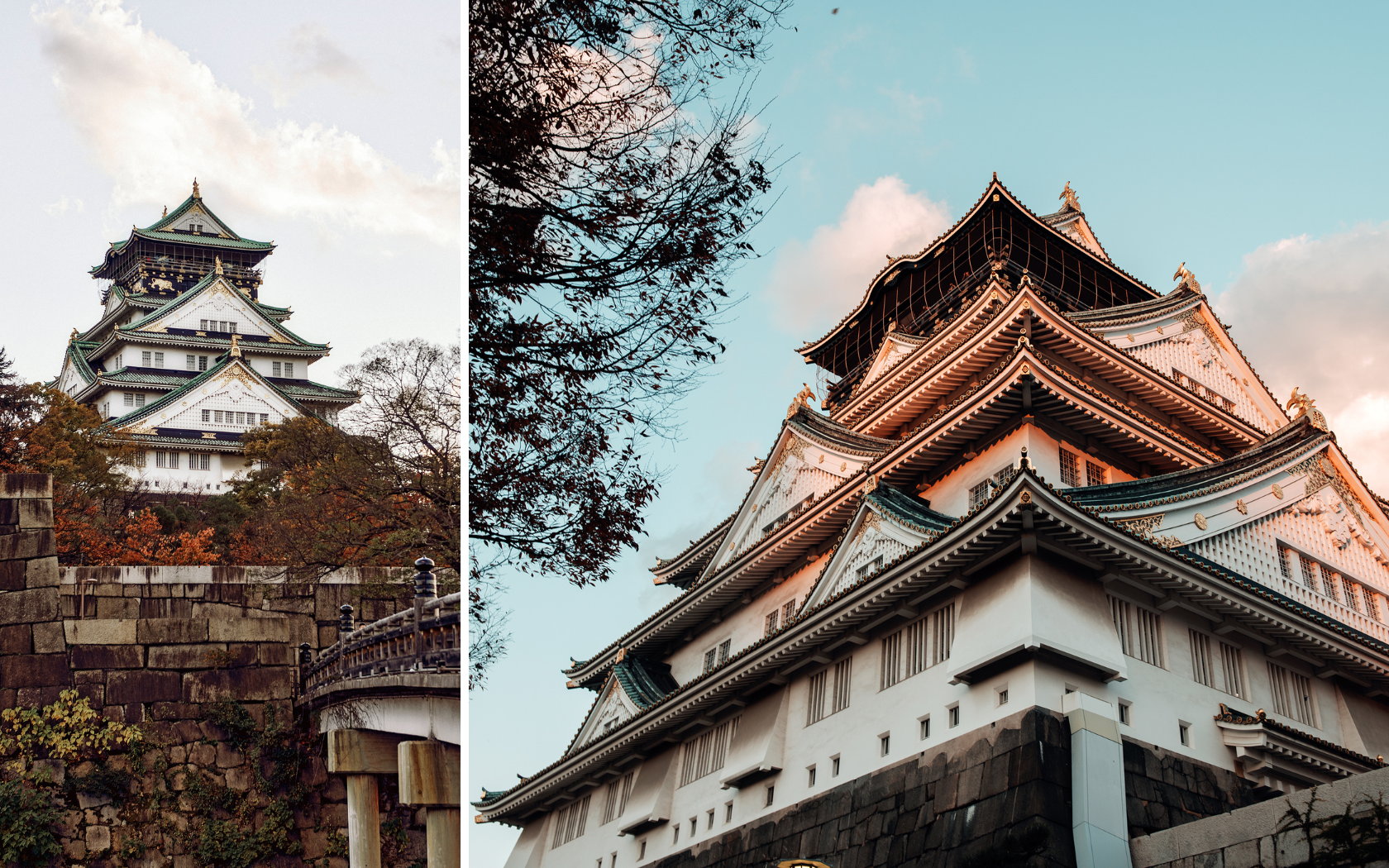
Ancient Kanazawa Castle
But the true beauty of Kenroku-en lies in its meticulous care. Everything seems to be in its place naturally, and the lakes reflect the tree branches in a way that seems almost studied. It’s a quiet and serene place that invites reflection and contemplation of nature.
In the park, it’s common to see many young Japanese people dressed in traditional costumes, a clear sign of respect for culture and nature.
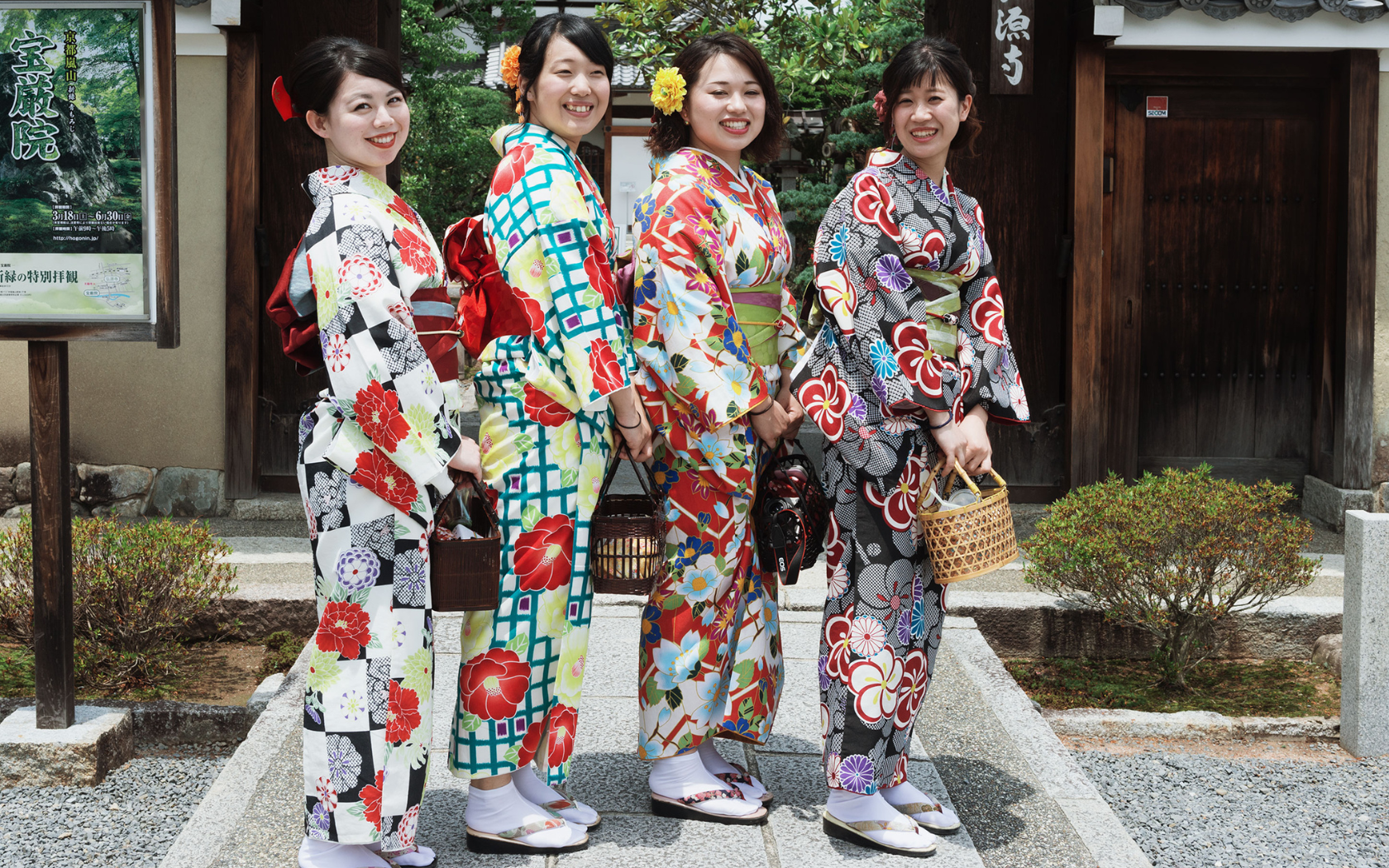
Young Japanese people dressed in traditional costumes
The cobbled streets and wooden houses transport us to another era, and it’s easy to imagine what life was like in Japan in the past.
In summary, Kanazawa is an extremely pleasant city that offers a unique combination of history, culture, and nature. It’s the perfect place for those seeking a quiet and relaxed atmosphere and for those interested in exploring the beauty of Japanese culture.
We can’t leave Kanazawa without visiting the Nagamachi district, located near the city center. Here lived the middle and high-ranking samurai, so it is sometimes described as the samurai district.
Samurai district Buke Yashiki
The Nomura family samurai residence is a must-visit place. The Nomura family held important positions under the rule of the Maeda family, and their residence is an example of the architecture and samurai lifestyle of the time.
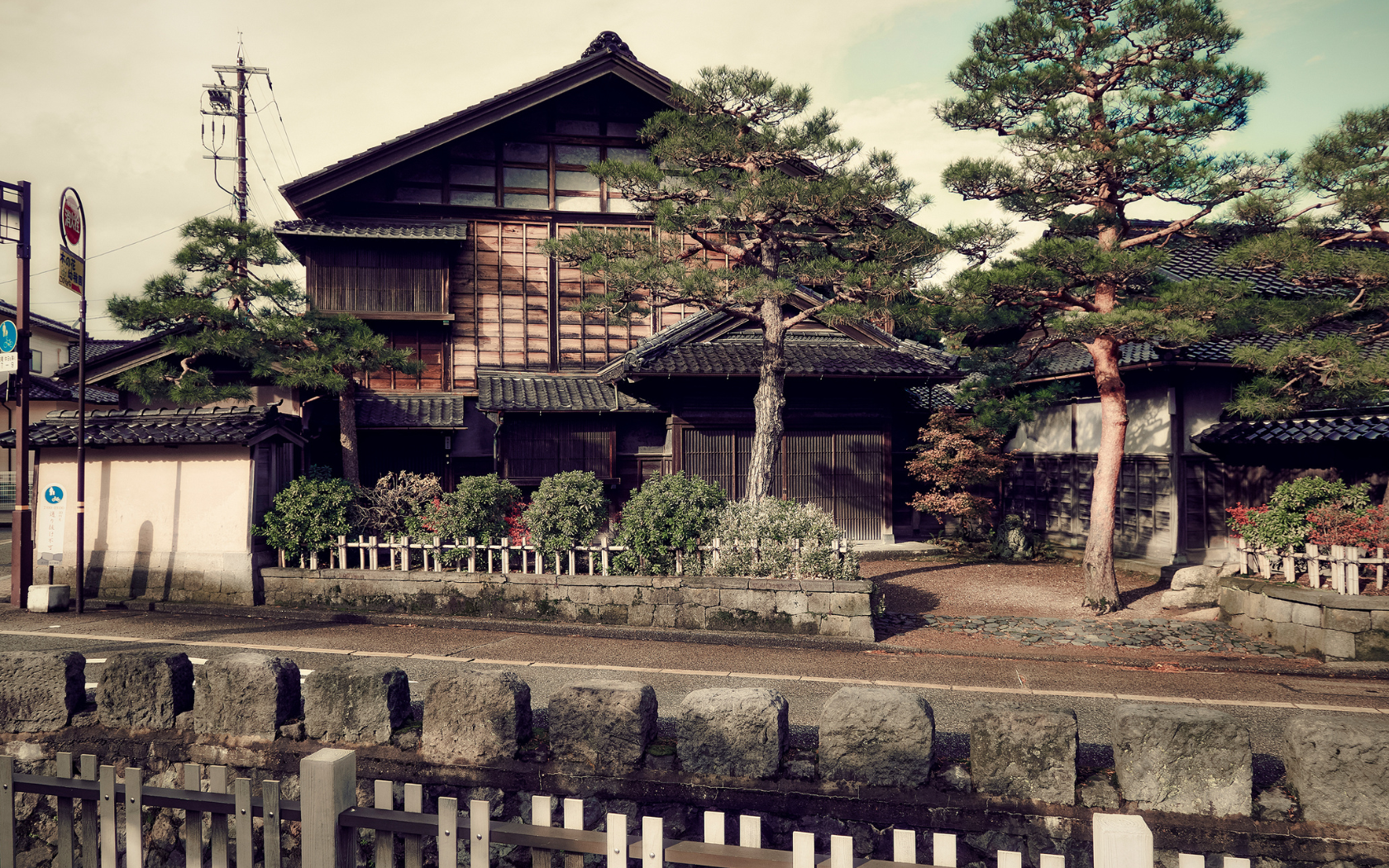
Samurai district.
The house has a roof made of Japanese cypress, giving it a unique beauty and elegance. In addition, the sliding doors are adorned with Fusuma-e, paintings made by the personal painter of the Maeda family, making them true works of art.
The interior garden of the residence is another of its attractions, with a more than 400-year-old Myrica Rubra and a meandering stream surrounded by ancient rocks of strange shapes. Everything fits perfectly, and the simplicity of the architecture contributes to creating a sense of harmony and balance in the whole.
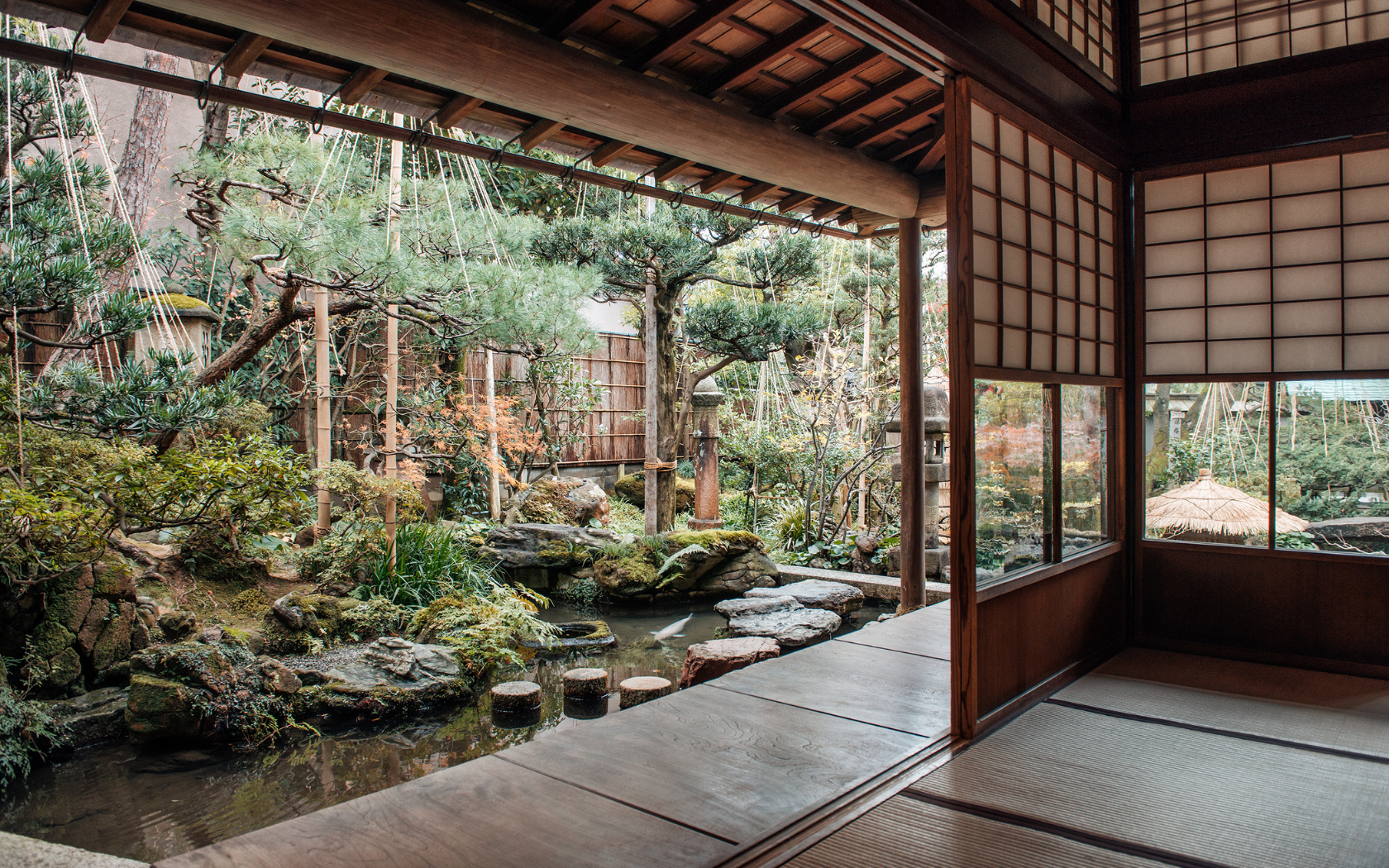
Nomura family samurai residence
Located near the canals and surrounded by a wonderful garden, the Nomura family’s house is a place that conveys the tranquility and serenity typical of Japanese culture. A place where past and present merge to create a unique and unforgettable experience for all who visit it.
This journey through Japan has allowed us to discover some of the “highlights” of the country, introducing us to its culture and bringing us closer to its millennia-old traditions that have managed to keep alive.
PRACTICAL GUIDE
La compañía aérea Finnair tiene varios vuelos semanales desde España, con escala en Helsinki, a los aeropuertos de Tokio y Osaka. La ventaja está en que, al volar por el norte del globo terráqueo, la ruta es más corta.
Finnair airline has several weekly flights from Spain, with a stopover in Helsinki, to the airports of Tokyo and Osaka. The advantage is that, by flying over the northern hemisphere, the route is shorter.
Pass for Japan’s trains for one, two, or three weeks. It’s better to get it before leaving. It consists of a flat rate that allows you to travel on Japan’s trains, including shinkansen (bullet trains), at a cheaper fare.
Photographer: Félix Lorenzo.




